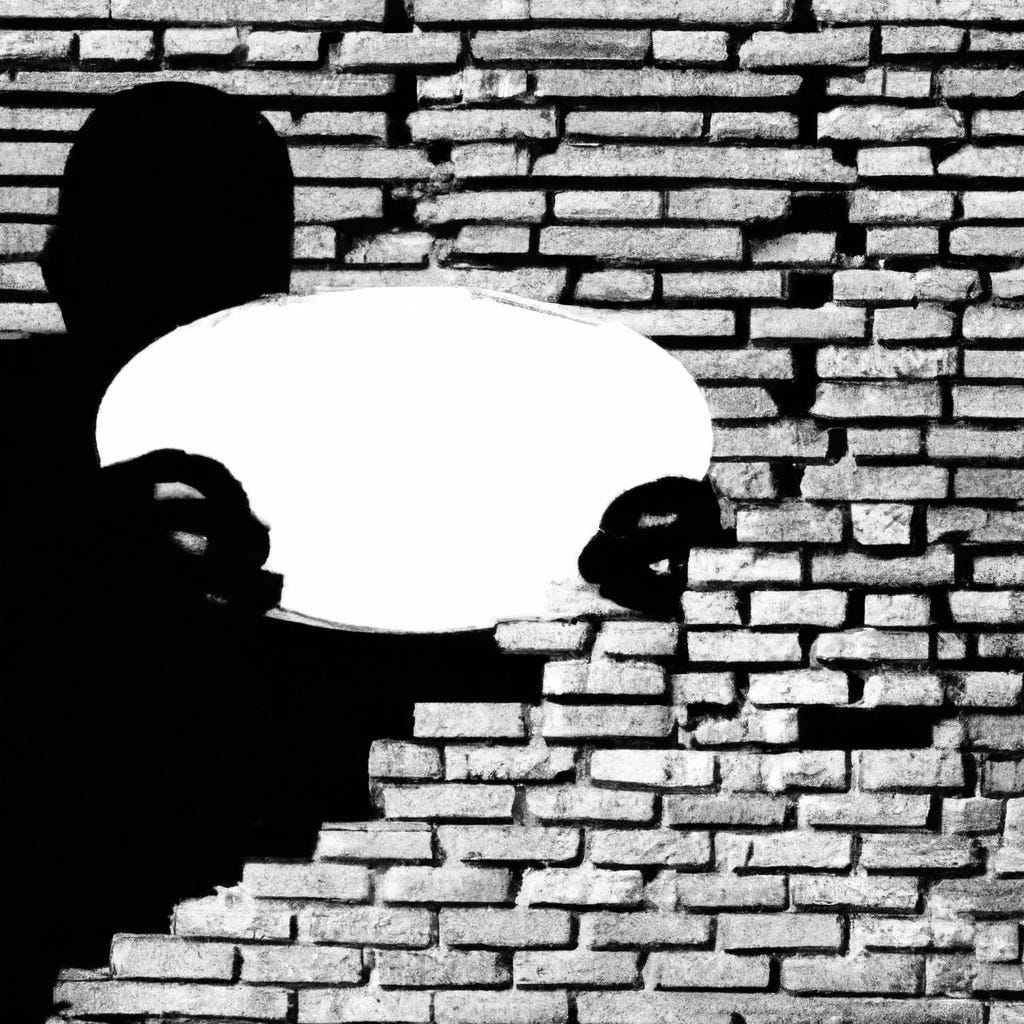Bootstrapping is the art of building while starving.
With little capital, every choice must compound. Discipline replaces comfort as the only safety net.
When capital is scarce, every action carries weight. Scarcity reveals what is truly necessary, and in doing so, it exposes both weakness and strength. To build with limited resources requires more than persistence; it requires a sharpened hierarchy of priorities, a willingness to discard comfort, and the capacity to sustain conviction when external validation is absent. What emerges under these conditions is not only a product but also a hardened structure of thought, refined by pressure rather than guided by ease.
In this process, efficiency is not a strategy but a condition of survival. Every decision must compound, every choice must serve multiple purposes, and every wasted effort reduces the odds of progress. Bootstrapping eliminates the luxury of error repetition. There is no safety net that allows the same mistake twice. This discipline, though brutal, accelerates the ability to distinguish signal from noise. Those who navigate it successfully acquire an instinct for relevance that cannot be taught in environments of excess.
Building while starving also tests the deeper question of endurance. The body may resist hunger, but the greater test is whether the mind can hold its vision intact when external support disappears. There is no guarantee of recognition, no assurance that effort will be rewarded, no clear endpoint where struggle transforms into stability. Yet precisely in this uncertainty lies the strength of bootstrapping: it selects not only for ideas but for the individuals capable of sustaining them under relentless pressure.
This path produces asymmetry. Most collapse, some survive, and very few rise stronger. Those who do are no longer dependent on systems of comfort. They have built resilience into their foundations. Their ventures are born not from abundance but from the refusal to yield, and this refusal becomes their competitive advantage.
Bootstrapping is, in essence, a process of transformation. It is less about conserving resources than about constructing a self and a structure capable of existing beyond external dependencies. What begins as necessity evolves into mastery: the ability to build not because conditions allow it, but despite the fact that they do not. And it is this ability—to build when the world insists on limitation—that marks the difference between projects that fade and those that redefine the possible.

